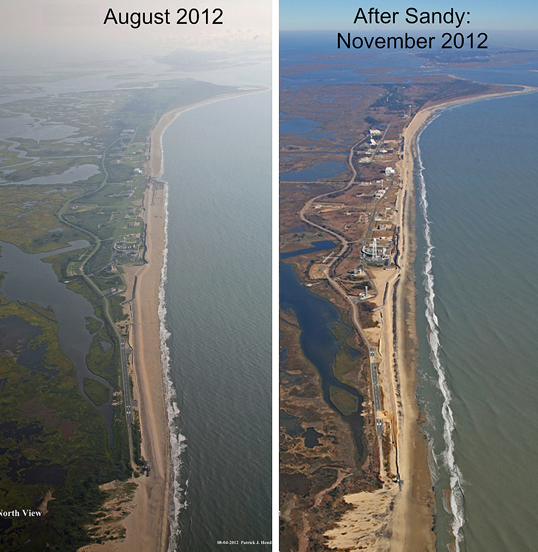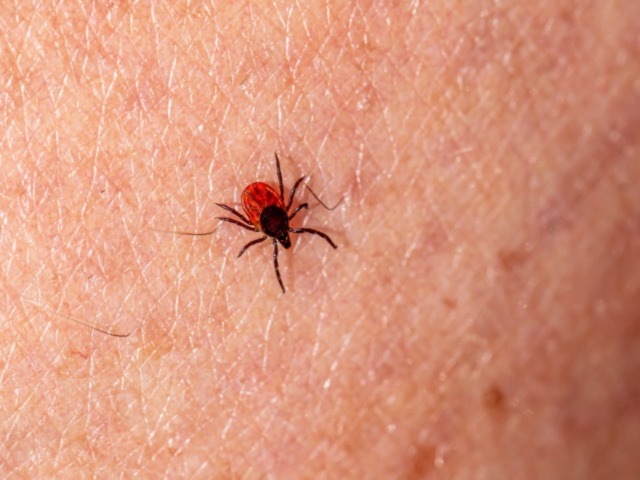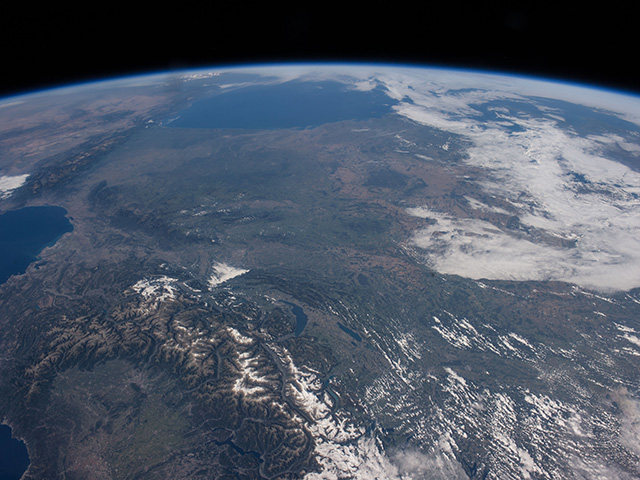News | March 5, 2013
NASA Wallops recovery continues from Hurricane Sandy

Aerial photographs of the NASA Wallops facility and coastline. On the left is from August 2012 after completion of a Shoreline Protection Project. On the right is from November 2012 after Hurricane Sandy swept by. Credit: NASA
By Rob Gutro,
NASA's Goddard Space Flight Center
Hurricane Sandy came ashore in northern New Jersey Oct. 29, 2012, and as the powerful storm made its way along the East Coast it brought damage to NASA's Wallops Flight Facility in Wallops Island, Va. The Wallops Shoreline Protection Project has been managing the restoration efforts and released before and after photos of the shoreline.
At 8 a.m. EDT on Oct. 29, 2012, the National Hurricane Center reported tropical-storm-force winds were occurring along the coasts of southern New Jersey, Delaware and eastern Virginia. Tropical-storm-force winds extended as far inland as the central and southern Chesapeake Bay as Hurricane Sandy closed in for landfall.
 NASA's Aqua satellite captured a visible image Sandy's massive circulation on Oct. 29 at 18:20 UTC (2:20 p.m. EDT). Sandy covers 1.8 million square miles, from the Mid-Atlantic to the Ohio Valley, into Canada and New England. Credit: NASA Goddard MODIS Rapid Response Team
NASA's Aqua satellite captured a visible image Sandy's massive circulation on Oct. 29 at 18:20 UTC (2:20 p.m. EDT). Sandy covers 1.8 million square miles, from the Mid-Atlantic to the Ohio Valley, into Canada and New England. Credit: NASA Goddard MODIS Rapid Response TeamThe beach, which had been recently improved under the Wallops Island Shoreline Protection Project is vital to protecting the more than $1 billion in NASA and governmental assets on Wallops Island from hazards such as hurricanes and nor'easters.
In addition to beach erosion, Hurricane Sandy caused minor roof, door and siding damage and downed trees throughout the facility.
NASA Wallops released three images showing the shoreline in 2011, in August 2012 following the completion of the Shoreline Protection Project, and in November 2012, showing the extent of the damages from the storm. The November 2012 photograph clearly shows extensive beach erosion. Wallops is now working to conduct an out-of-cycle beach replenishment and to repair the protective berm.
NASA Goddard Space Flight Center's Wallops Flight Facility (WFF) was established in 1945 by the National Advisory Committee for Aeronautics as a center for aeronautics research, and is now NASA's principal facility for managing and implementing suborbital research programs.
WFF is located in the northeastern portion of Accomack County, Va., on the Delmarva Peninsula, and is comprised of three land masses: the Main Base, Wallops Mainland and Wallops Island. Wallops Island consists of approximately 1,680 hectares (4,600 acres), is bounded by Chincoteague Inlet to the north, Assawoman Island to the south, the Atlantic Ocean to the east and estuaries to the west.
For the complete NASA history, images and videos of Hurricane Sandy, visit NASA's Hurricane Web page at: http://www.nasa.gov/mission_pages/hurricanes/archives/2012/h2012_Sandy.html
For more information about NASA Wallops, visit: http://www.nasa.gov/wallops





